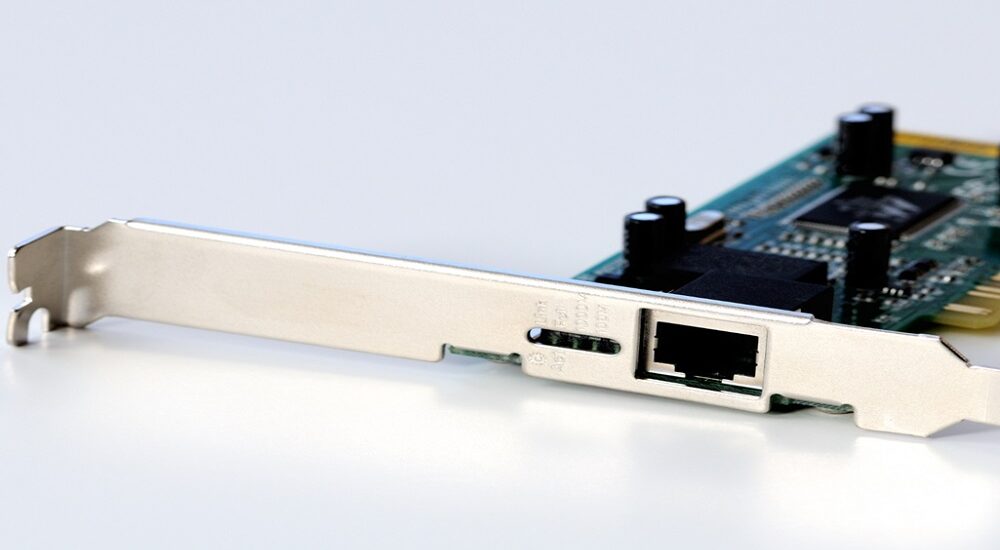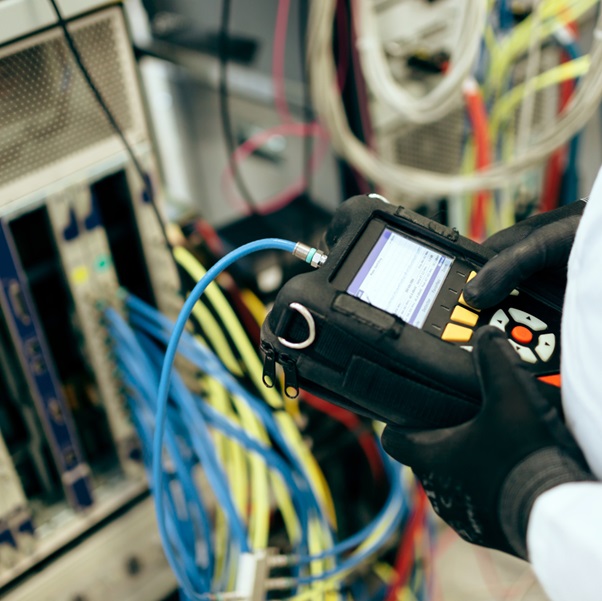In today’s digital age, networking has become an essential part of our daily lives. Whether you’re at home or work, you rely on a network to access the internet, share files, and communicate with others. A network interface card (NIC) is a vital component that enables your computer or device to connect to a network. In this article, we’ll explore what a network interface card is and how it works.
What is a Network Interface Card (NIC)?
A network interface card (NIC) is a hardware component that allows a computer or device to connect to a network. It’s also commonly referred to as a network adapter or network card. A NIC typically connects to a motherboard and provides a physical interface between the computer and the network. It allows a computer or device to send and receive data over the network and communicate with other devices on the same network.
How Does a Network Interface Card Work?
A network interface card works by converting data from the computer into a format that can be transmitted over a network. When data is sent from the computer, it’s first converted into packets. These packets contain information such as the source and destination addresses, the type of data being transmitted, and the sequence number. The NIC then takes these packets and transmits them over the network.
When data is received by the NIC, it’s first checked to ensure that it’s intended for the computer. The NIC then extracts the data from the packets and sends it to the computer’s operating system for processing. This process happens in reverse when data is sent from the computer to the network.
Types of Network Interface Cards
There are several types of network interface card models available, each with its unique features and capabilities. Here are some of the most common types of NICs:
- Ethernet NICs: Ethernet NICs are the most commonly used type of network interface card. They use the Ethernet standard to communicate with other devices on a network. Ethernet NICs can support various speeds, ranging from 10 Mbps to 100 Gbps.
- Wireless NICs: Wireless NICs, also known as Wi-Fi adapters, allow devices to connect to a wireless network. They use radio waves to communicate with other devices on the same network.
- Fibre Channel NICs: Fibre Channel NICs are used in storage area networks (SANs) to connect servers and storage devices. They support high data transfer rates and are used in high-performance computing environments.
- Modem NICs: Modem NICs are used to connect to dial-up internet connections. They’re becoming less common as broadband internet connections have become more widely available.
Benefits of Using a Network Interface Card
Using a network interface card has several benefits, including:
Faster data transfer rates: A network interface card can support higher data transfer rates than a standard network connection, which can improve overall network performance.
- Improved network security: A network interface card can provide security features such as encryption and authentication to help protect the network and the devices connected to it.
- Simplified network management: Using a network interface card can simplify network management by providing a standard interface for connecting devices to the network.
If you’re looking to improve your network performance and security, consider using a network interface card. Contact us today to learn more about our selection of high-quality NICs and receive expert guidance on selecting the right NIC for your needs. Our team of experienced professionals can help you improve your network performance and security and ensure that you get the most out of your network. Contact us today to get started!
Visit the website of Voltrium Systems to know more about these things.







